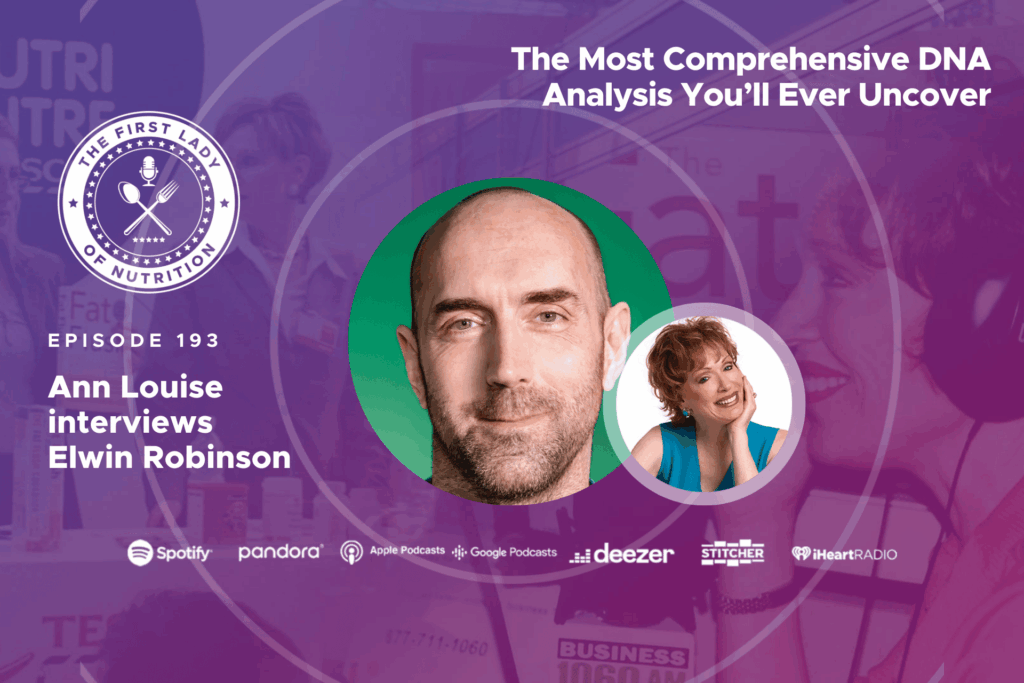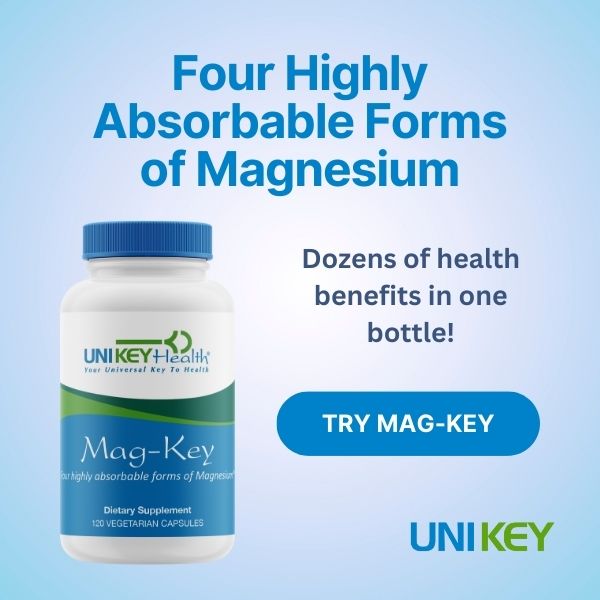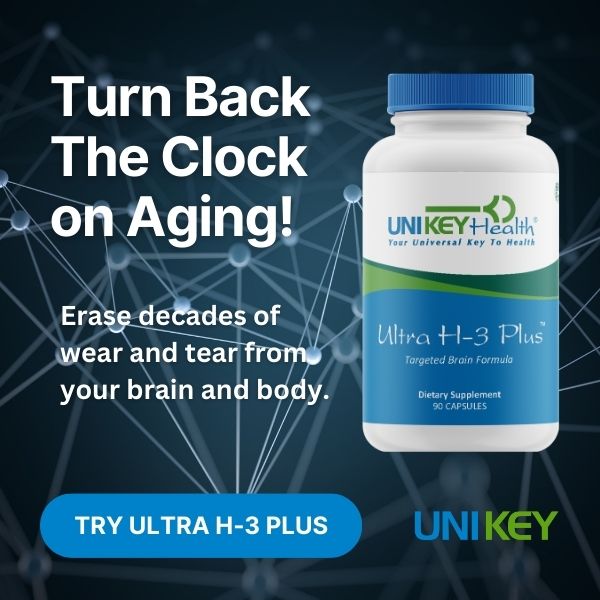 Sweep bacteria, chemicals, dust, mold, and other toxins out of your home, sweet home.
Sweep bacteria, chemicals, dust, mold, and other toxins out of your home, sweet home.
The kitchen sink—alone—can harbor more than 500,000 bacteria per square inch! From your cutting board to the sponge you use to clean counters, germs abound right where you’re preparing food.
If that isn’t scary enough, a recent study in Environmental Science & Technology shows a host of dangerous toxins ranging from arsenic and lead to DDT (banned in this country since 1972) in common household dust. While the exact toxins range from region to region, “dust is a hodgepodge” of unwanted substances, says Paloma Beamer, PhD, professor of environmental policy at the University of Arizona.
Even what appears to be a super clean home can hide a host of germs and other unwanted substances. Part of the problem lies in the very cleaning products you use.
Research at the University of California, Berkeley, and Lawrence Berkeley National Laboratory finds commercial air fresheners and cleaning products contain ethylene-based glycol ethers, terpenes, volatile organic compounds, and xylene that contaminate indoor air. No wonder these products have been linked to asthma, nerve damage, and other health problems.
Dr. Ann Louise’s Take:
Figuring out what’s in household cleaners should not be so difficult. But until the federal government reforms labeling laws for these products, one long-forgotten law in New York’s statutes may help protect consumers.
The 1976 law authorizes NY’s Department of Environment Conservation to require manufacturers to disclose chemical ingredients and information about the health risks they pose. Now the environmental organization Earthjustice has begun oral arguments over chemical disclosure in the courts.
Although the law is state-specific, household cleaners aren’t. Products sold in NY are available throughout the country, so all Americans may eventually benefit. While four manufacturers (Church and Dwight, Colgate-Palmolive, Proctor & Gamble, and Reckitt-Benckiser) are stonewalling, SC Johnson has agreed to disclose what’s in its household cleaners.
One Safe, Effective Cleaner
As long as Mr. Clean (and others) plead the 5th, consumers have few options. New research in the UK, though, finds that common household bleach kills germs—even the H1N1 virus.
To disinfect your bath or kitchen, add 1 tablespoon of bleach to 1 quart of water. Scrub your sinks, toilets, and tubs, and then flush/pour this solution down drains to keep them clean.
Sanitize sponges in the dishwasher, and wash cutting boards in hot, soapy water before spraying with a mixture of 1 teaspoon of bleach in 16 ounces of water. Pour this mixture into a spray bottle, and label clearly to use frequently.
The bathroom floor has more germs than the toilet seat, so mop floors with a bleach solution. Clean and dry mats often to prevent bacteria and mold.
Even clean-looking underwear may harbor tiny bits of feces, so always wash these garments separately—adding bleach. To prevent the spread of E. coli, always wash your hands after handling wet laundry. Dry laundry promptly so bacteria don’t multiply—at least 45 minutes at 150 degrees to kill germs.
Food-Borne Bacteria
Pathogens hide in food too—particularly berries, leafy greens, and potatoes. For decades I’ve recommended Parcells’ Clorox Bath (1 teaspoon of Clorox bleach mixed in 1 gallon of water) to eliminate bacteria, parasites, pesticides, and other contaminants. In my opinion, this ratio of Clorox to water represents a homeopathic dilution!
Bathe thin-skinned fruits and leafy vegetables for 15 minutes in this solution; eggs, fish, meat, and poultry for 20 minutes; thick-skinned fruit (bananas, citrus) and fibrous or root vegetables for 30 minutes. Then rinse thoroughly in clean, pure water for 10 minutes and dry.
Green Cleaning Tips
While no home will ever be completely dirt- or dust-free, you can eliminate a lot of contaminants simply by taking off your shoes at the door. Also clean your doormat at least once a week.
Damp-mop floors weekly to minimize dust. This is especially important if you have kids who play on the floor. The heavy metal lead on floors is “a key determinant in blood-lead levels in children,” explains Dr. Beamer.
Vitamin C is an effective detoxifier for both lead and arsenic. UNI KEY’s Time-C is a time-release tablet that enhances immunity while helping to detox heavy metals.
Select a quality air filter for the most frequented rooms in your home, especially bedrooms and kitchen. At home, I use the Bio-Net Air Purifier (available at Uni Key Health, 800-888-4353). Featuring EGF (enhanced germidicial filtration), this purifier reduces 99+% of viruses and 94% of other microorganisms—truly the next generation of air purification.
Sources:
Fat Flush for Life
The Gut Flush Plan
https://unearthed.earthjustice.org/blog/2010-february/getting-dirt-household-cleaners
www.time.com/time/health/article/0,8599,1966870,00.html









7 Responses
What about vinegar and baking soda? They seem safe, but are they strong enough to kill superbugs?
i am concerned about the soap I must use at work. I am in the medical profession and work in a hospital. I wash my hands 60-100 times easily a day. I also have access to alcohol based hand rub ( which crackes my fingers).
I look at the chemical base in the products, and don’t know what to do.
Annie- Baking soda and vinegar are great products for cleaning, but the are not sufficient for knocking out the tougher pathogens.
Isn’t it harmful to be breathing in all that bleach?
What about using GSE? I use it for cleaning, soaking eggs, meat, veges, etc. Also, what about using essential oils as well?
Tile and grout should alywas be maintains with neutral pH cleaners only, avoid cleaners that contain, oils,waxes,soaps and residuals that leave a film on the tile and deposit residuals in the grout.It is alywas recommended to vacuum or sweep a tile floor before mopping so you are not just moving around dirt and depositing it in the grout.
Lea-Parcells’ Clorox bath has been in use for decades and is very safe. It is equivalent to a homeopathic dose of clorox which the food soaks in and nothing else has proven to kill parasites, fungus, and virus like this formula.
This is fifty percent entertaining. But then once more I am very high right now